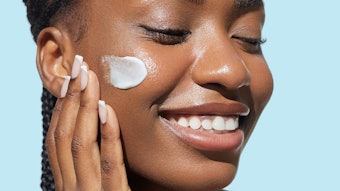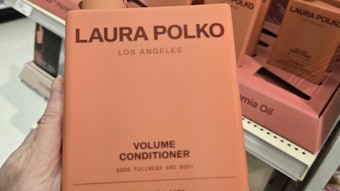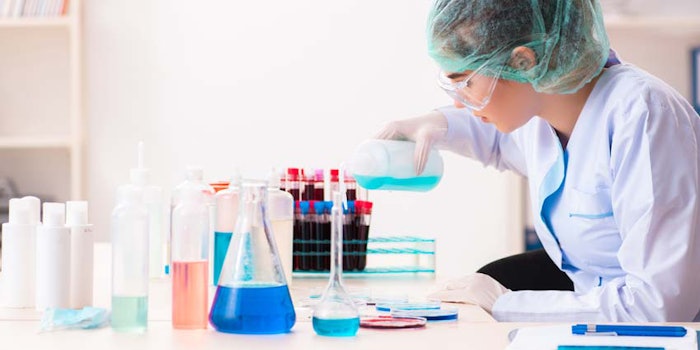
Traditional fatty surfactants are the workhorse of the cosmetic formulation, while the silicone surfactant provides the ability to alter certain properties of the traditional surfactant in formulation.
Put another way, as I have said since 2015, “If a cosmetic surfactant is compared with a gourmet meal, the silicone would be the spice and not the meat and potatoes.”
See related: Comparatively Speaking; Silicone Fluid vs. Bimodal Silicone Fluid
One of the most significant potential uses for PEG dimethicone compounds is to alter the surfactant properties of traditional fatty surfactants. Keeping in mind that traditional surfactants have a surface tension in water at 1% of around 31 dynes/cm, and silicone surfactants have a surface tension of around 25 dynes/cm, the concept of blending a low concentration of silicone surfactant into a traditional surfactant offers the formulator the ability to change the surface tension and impact on spreadability and aesthetics.
An example of this is given by adding 1% aqueous solution of PEG-8 dimethicone1 (MW 650) into a 1% aqueous solution of SLS or SLES-2 and observing the effects on properties. Figure 1 and Table 1 show the effect of using SLS as the surfactant.
Figure 1. Effect of Using SLS as Surfactant
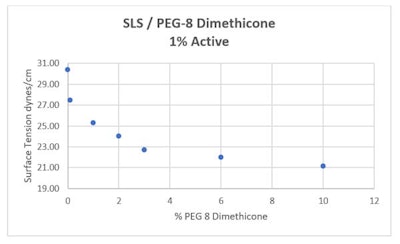 Figure 2 and Table 2 show the same effect using SLES-2 as the traditional surfactant. In both instances, 2% addition lowers the surface tension significantly. Lesser concentrations also have an impact. Keeping in mind there are many water soluble PEG/PPG dimethicone products, there are many possibilities to alter the feel and performance of formulations.
Figure 2 and Table 2 show the same effect using SLES-2 as the traditional surfactant. In both instances, 2% addition lowers the surface tension significantly. Lesser concentrations also have an impact. Keeping in mind there are many water soluble PEG/PPG dimethicone products, there are many possibilities to alter the feel and performance of formulations.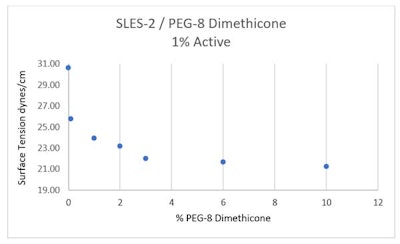 The approach of adding a low concentration of silicone surfactant can also be applied to the entire formulation, such as a shampoo or conditioner, in what has previously been referred to as minimally disruptive formulation.2, 3
The approach of adding a low concentration of silicone surfactant can also be applied to the entire formulation, such as a shampoo or conditioner, in what has previously been referred to as minimally disruptive formulation.2, 3Clearly, PEG-8 dimethicone effectively lowers the surface tension of SLS at concentrations of 2%. Fatty surfactants and silicone surfactants that are predominantly composed of groups that do not contain silicone will have high surface tensions and be ineffective in lowering the surface tension when blended with fatty surfactants.
See archived: Cleaning Up; Cleaning Agents Anticipated to Reach $11.61 Billion by 2025
Also, PEG-8 dimethicone clearly effectively lowers the surface tension of SLES-2 at concentrations of 2%. The ability of silicone surfactants to lower the surface tension of fatty surfactants in water shows they are effective at getting to the interface.
This ability will be helpful in making alterations to other properties that are dependent upon surface tension reduction, such as wetting, foam and rheology properties.








